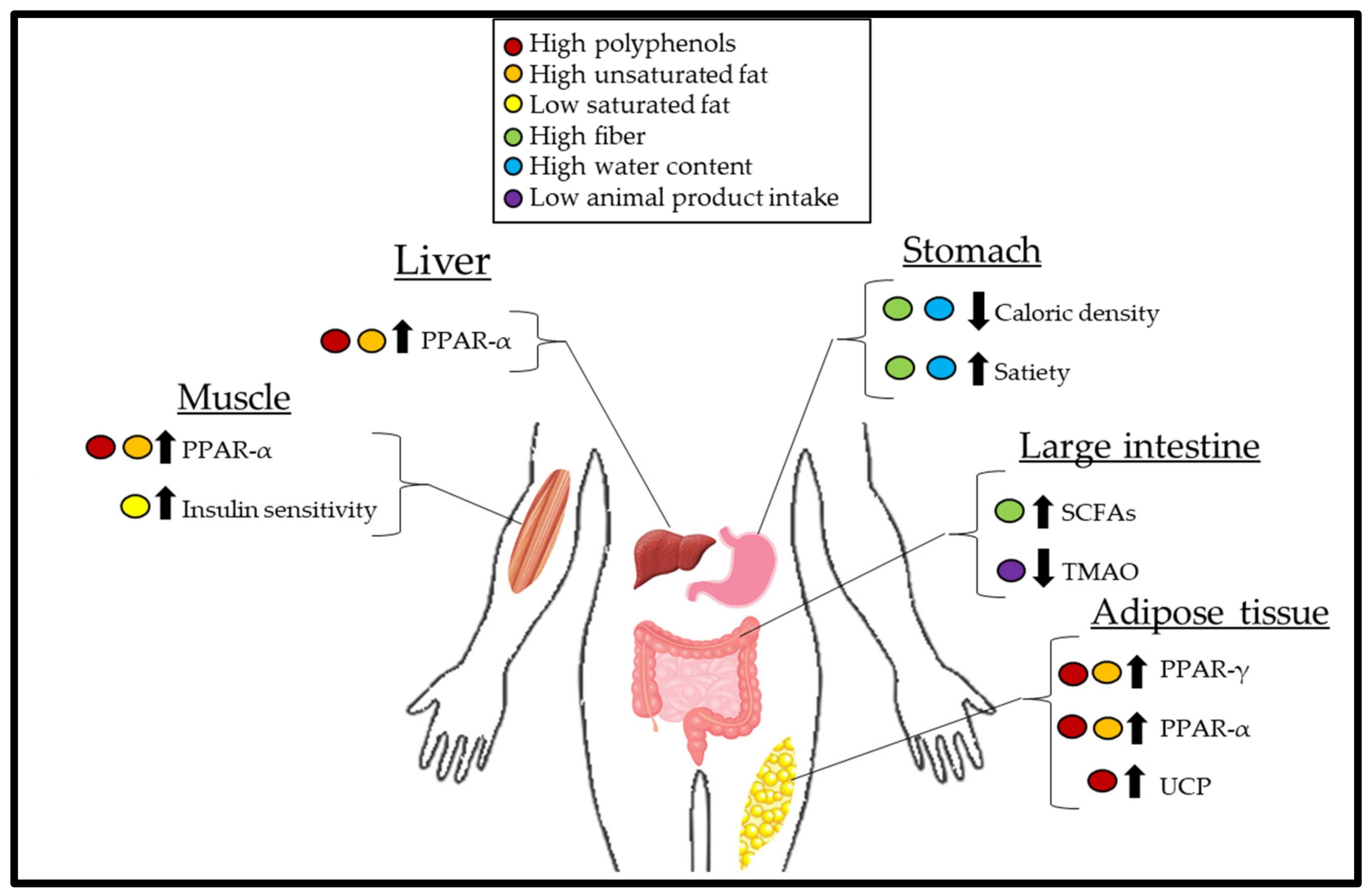
Vegan diets have a lower fat intake and are healthier for your overall health. They can also lower blood sugars and cholesterol. The basis of a vegan diet is legumes. A variety of grains and beans are possible to be included in a vegan-friendly diet. The next step is to create a plan that fits your life and your personal goals.
Low-fat vegan diets are more effective at reducing blood sugar and cholesterol
A new study has found that low-fat vegan diets are more effective at controlling blood sugar and cholesterol than non-vegan diets. The research team looked at 11 random trials with 796 Type 2 diabetics as well as those who were overweight. Compared to non-vegan diets, vegan diets significantly reduced body weight, BMI, total cholesterol and low-density lipoprotein cholesterol.
Low-fat vegan diets can be more effective than omnivorous ones at lowering blood sugars and cholesterol. There are many reasons for this. Plant-based diets are known to reduce insulin resistance and increase postprandial metabolism. A second reason is the lower risk of type 2 and insulin resistance. Plant-based diets can also help reduce the buildup lipids in liver and muscle cells. Diabetes patients should monitor their food intake and plan meals in advance. They should also look at the menus in restaurants before they eat.

Vegan diet plans should include legumes as a foundation.
One of the best ways to ensure you get enough protein on a vegan diet is to increase your intake of legumes. This food group also includes beans, peanuts and soy products. Legumes have more protein than any other food group and are high in lysine.
These foods also provide good sources both of fiber and proteins. Whole grains are rich in fiber and protein. Boiling potatoes, a high-glycemic index carb, can be a good source for soluble fiber. These foods will make you feel fuller longer.
People lose weight by eating a plant-based diet
Plant-based diets can help people lose weight in several ways. First, they don't require calorie counting. You can eat a wide range of plant-based healthy foods and not feel guilty about eating too many calories. Third, plant-based eating plans can reduce appetite and help people lose weight. These diets can be very effective for helping you lose weight. Some people see a gradual weight loss, while others may notice dramatic changes.
Many doctors and nutritionists recommend plant-based diets, which are an attractive alternative to traditional diets. These diets contain an abundance of foods that promote weight loss, and they also limit consumption of highly processed, inflammatory foods that have been linked to a variety of diseases.

Finding a vegan meal plan that suits your needs
Your physical activity should be increased as a first step in losing weight. This can be done by getting out and walking around more. You can also try your hand at gardening and cooking. This can help you to lose weight and improve your health. In order to prevent overeating, eating smaller, more frequent meals can increase your metabolism.
The second step towards weight loss is finding a vegan diet plan that is sustainable. A vegan meal plan uses less calories and energy that a traditional diet. However, not all meal plans are affordable. Many of these meal plans have lower calorie counts than the typical diet, and can be tailored to your specific needs. You should also remember that weight loss above 20 percent can prove difficult to sustain and could result in low nutritional levels.
FAQ
How can I live a life that is full of joy every day?
It is important to identify what makes you happy. Once you are clear about what makes you happy and satisfied, you can move on to the next step. You can also ask other people how they live their best lives every day.
You can also check out books like "How to Live Your Best Life" from Dr. Wayne Dyer. He discusses finding happiness and fulfillment throughout our lives.
What's the difference between fat/sugar?
Fat is an energy source that comes directly from food. Sugar is a sweet substance that can be found naturally in fruits or vegetables. Both fats and sugars provide the same number of calories. Fats have twice the calories of sugars, however.
Fats can be stored in the body, which can lead to obesity. They cause cholesterol buildup in arteries which may lead to heart attacks and strokes.
Sugars are quickly absorbed by the body and provide instant energy. This causes blood sugar levels to rise. High blood glucose levels can pose a danger because they increase the chance of developing type II Diabetes.
How to measure bodyfat?
The best way to measure body fat is with a Body Fat Analyzer. These devices are used to determine the body's percentage for people who want weight loss.
What lifestyle is most healthy?
You can live a healthier lifestyle if you eat healthy food and exercise regularly. You will live a long and happy life if you adhere to these guidelines.
You can start by making small changes in your diet and exercise routine. Try walking for 30 minutes daily if your goal is to lose weight. Or, if you want to get more active, take up swimming or dancing. A Fitbit or Strava online program that tracks your activity can be joined.
What is the best diet for me?
Many factors influence which diet is best for you. These include your gender, age and weight. You also need to consider how much energy you expend during exercise, whether you prefer low-calorie foods, and if you enjoy eating fruits and vegetables.
Intermittent fasting might be an option for you if your goal is to lose weight. Intermittent eating means you only eat specific meals throughout the day. It's not like three big meals. This might be better than traditional diets that have daily calorie counts.
Some studies suggest that intermittent fasting may improve insulin sensitivity and reduce inflammation, which can lead to improved blood sugar levels and reduced risk of diabetes. Other studies suggest that intermittent fasting could promote fat reduction and improve overall body structure.
Statistics
- According to the 2020 Dietary Guidelines for Americans, a balanced diet high in fruits and vegetables, lean protein, low-fat dairy and whole grains is needed for optimal energy. (mayoclinichealthsystem.org)
- WHO recommends reducing saturated fats to less than 10% of total energy intake; reducing trans-fats to less than 1% of total energy intake; and replacing both saturated fats and trans-fats to unsaturated fats. (who.int)
- The Dietary Guidelines for Americans recommend keeping added sugar intake below 10% of your daily calorie intake, while the World Health Organization recommends slashing added sugars to 5% or less of your daily calories for optimal health (59Trusted (healthline.com)
- nutrients.[17]X Research sourceWhole grains to try include: 100% whole wheat pasta and bread, brown rice, whole grain oats, farro, millet, quinoa, and barley. (wikihow.com)
External Links
How To
What does "vitamin" actually mean?
Vitamins are organic substances found naturally in food. Vitamins help us absorb nutrients in the foods we consume. Vitamins cannot come from the body so food must provide them.
There are two types: water-soluble and fat-soluble vitamins. Water-soluble vitamins dissolve quickly in water. These include vitamin C (thiamine), Vitamin B1 (riboflavin), Vitamin B2 (riboflavin), Vitamin B3 (niacin), Vitamin B6 (pyridoxine), Vitamin C, B1 (thiamine), Vitamin B2 (riboflavin), Vitamin B3 (niacin), and Vitamin B6 (pyridoxine). The liver and fat soluble vitamins are stored in fatty tissue. Some examples include vitamin D and E, K, A, beta carotene, and A-vitamins.
Vitamins are classified according their biological activity. There are eight major vitamin groups:
-
A - vital for normal growth and maintaining good health.
-
C - important for proper nerve function and energy production.
-
D - Essential for healthy teeth and bones.
-
E is required for good vision and reproduction.
-
K - required for healthy muscles and nerves.
-
P - Vital for strong bones and teeth.
-
Q - aids digestion and absorption of iron.
-
R – Required for making red blood vessels.
The recommended daily allowance of vitamins (RDA), varies depending upon age, gender, physical condition, and other factors. The U.S. Food and Drug Administration sets RDA values.
For adults 19 years and over, the RDA vitamin A intake is 400mg/day. For fetal development, pregnant women require 600 micrograms per daily. Children ages 1-8 require 900 micrograms per day. Infants below one year of age need 700 micrograms daily. But, between 9 months to 12 months of age, the amount drops to 500micrograms per days.
Children aged 1-18 years need 800 micrograms daily, while children overweight require 1000 micrograms per days. Children who are severely obese or underweight will need 1200 micrograms each day.
Children aged 4-8 years old who have been diagnosed as having anemia require 2200 micrograms of vitamin C per day.
Adults over 50 years of age need 2000 micrograms per day for general health. Because of their higher nutrient needs, women who are pregnant or nursing need 3000 mg per day.
1500 micrograms is the recommended daily intake for adults aged 70+, as they lose 10% of their muscle every ten years.
Women who are pregnant, nursing or breastfeeding need more than the RDA. Pregnant woman need 4000 micrograms daily in pregnancy and 2500 per day after childbirth. Breastfeeding mothers require 5000 micrograms daily when breast milk production is occurring.